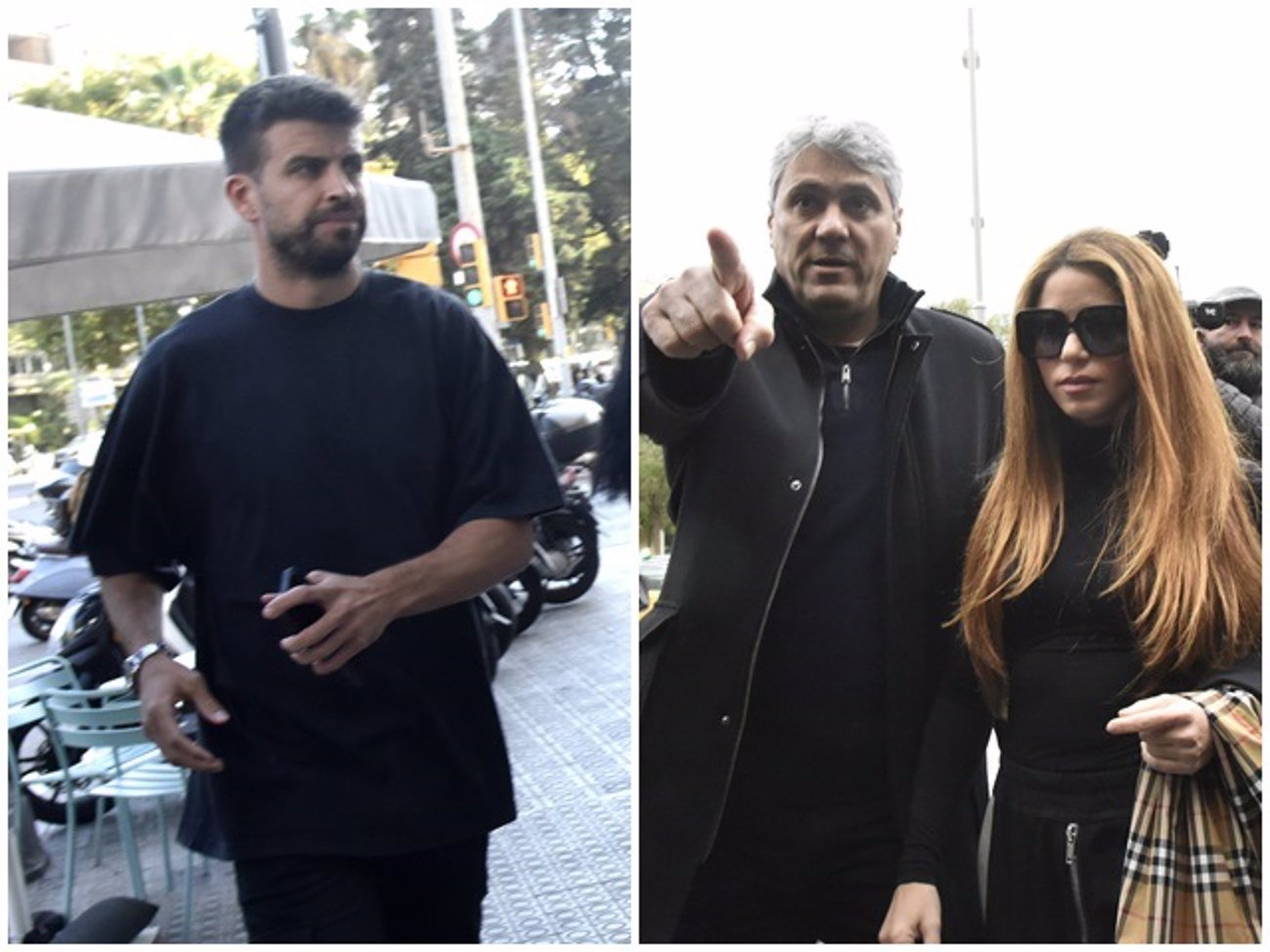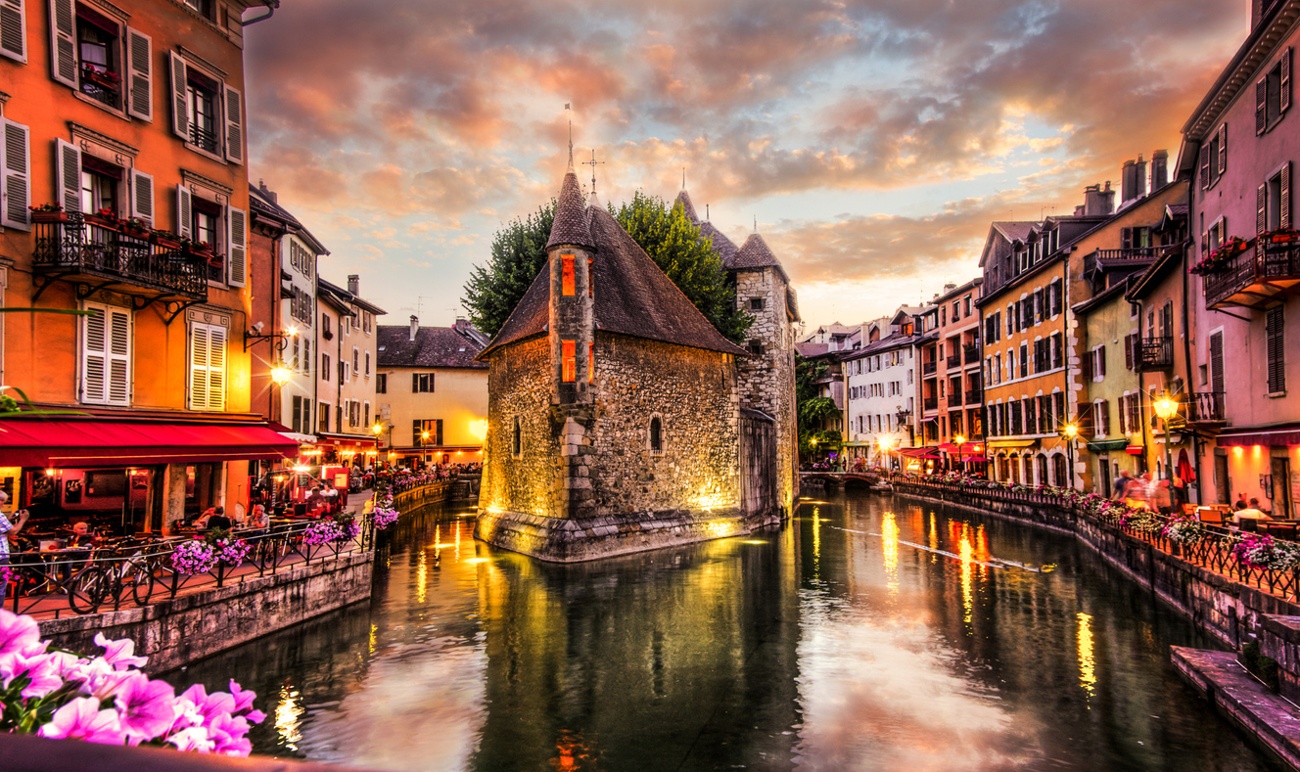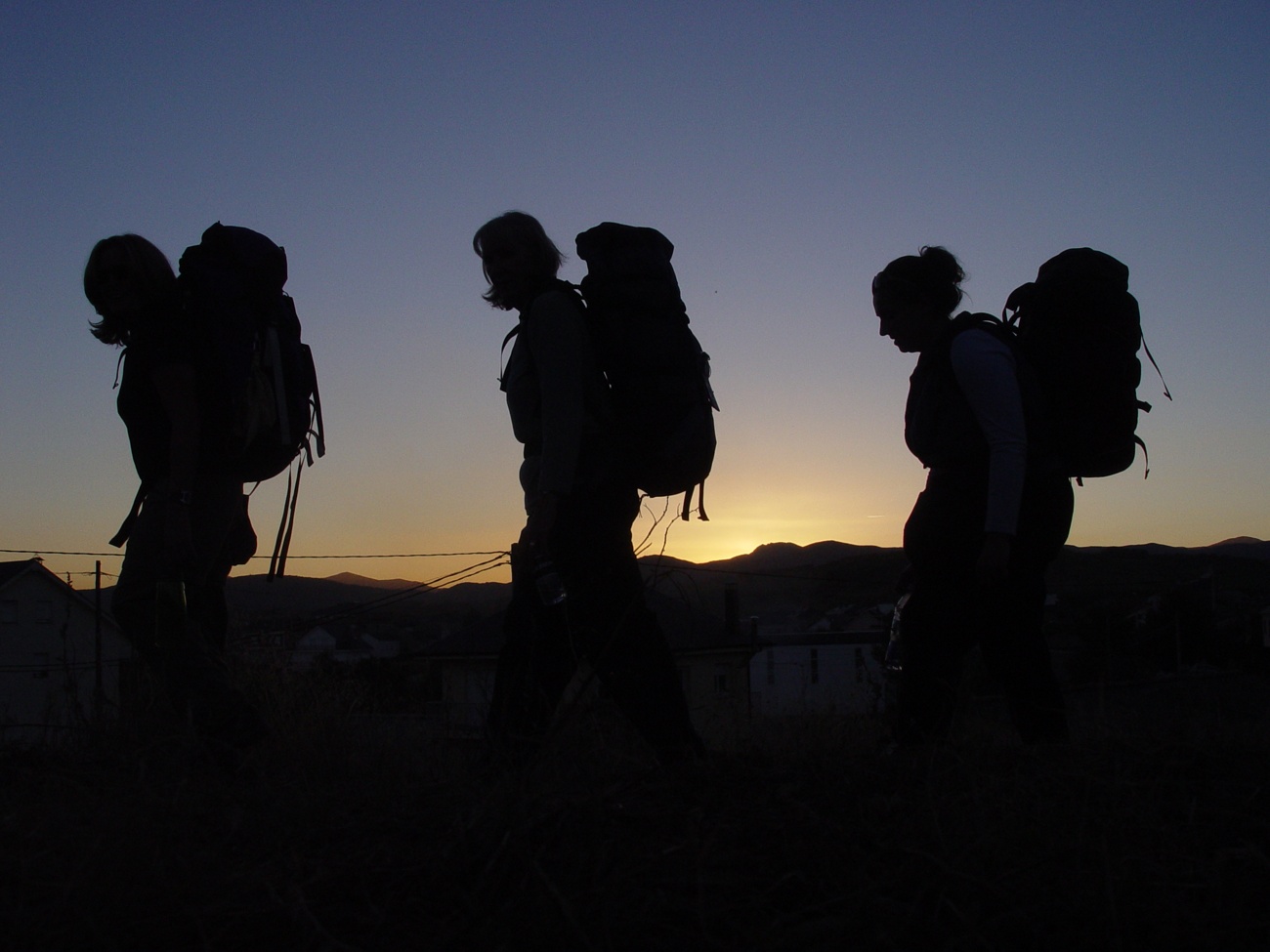
Camino de Santiago: Everything you need to know
The Camino de Santiago is a pilgrimage route that has as its destination the city of Santiago de Compostela, in Galicia, where the tomb of the apostle St. James the Greater is venerated. The origin of this tradition dates back to the ninth century, when the tomb of the apostle was discovered in the place known as Campus Stellae (Field of the Star).
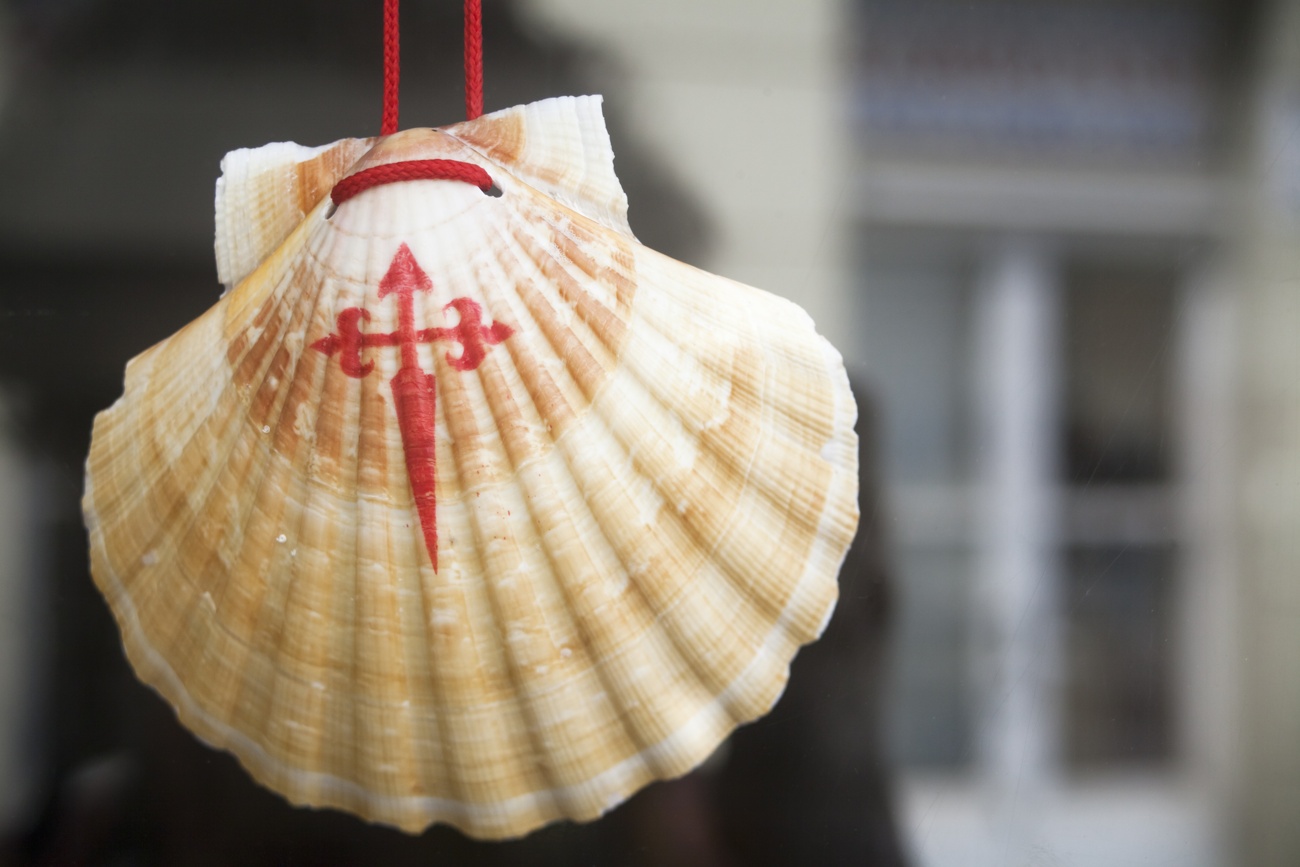
Millions of people have traveled it
Since then, millions of people from all over the world have walked the Camino de Santiago for religious, cultural or personal reasons. The Camino has been declared a World Heritage Site by UNESCO, a European Cultural Itinerary by the Council of Europe and has received the Prince of Asturias Award for Concord.
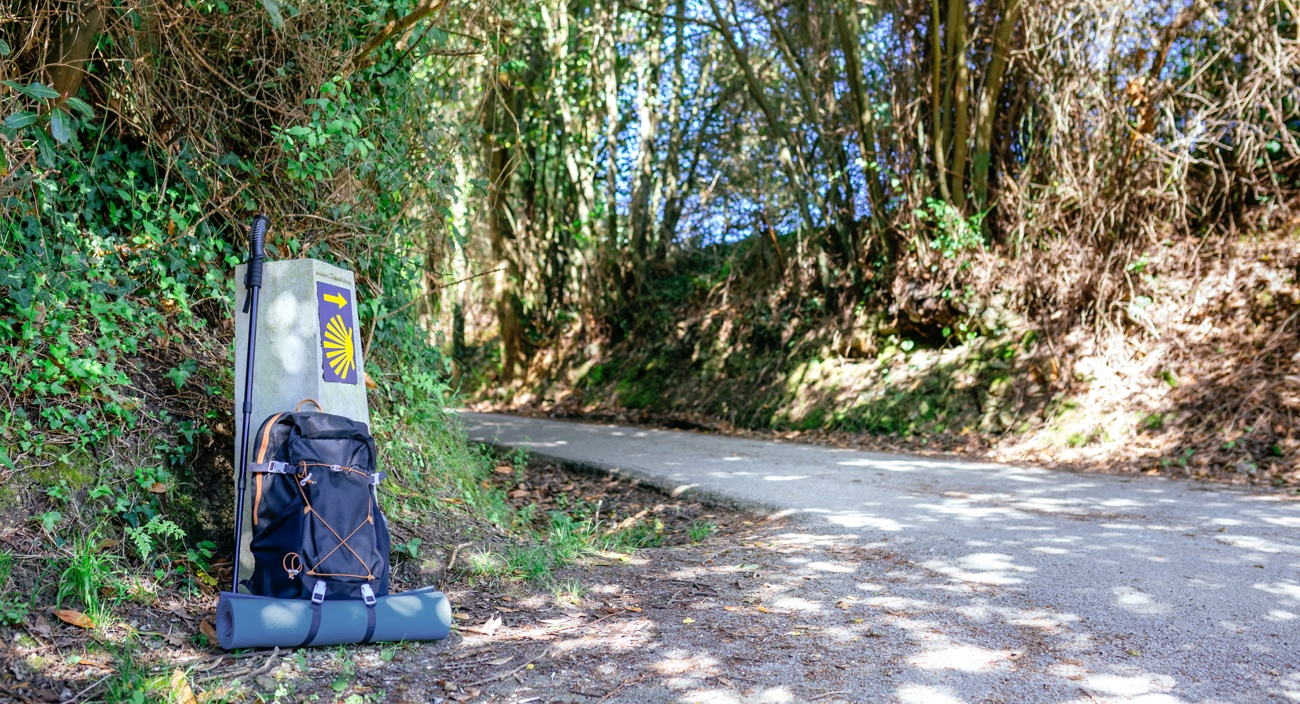
Different routes
There are different routes to get to Santiago de Compostela, which have been configured throughout history according to the starting points and existing communication routes. Some of the best known are the French Way, the Northern Way, the Primitive Way, the Silver Way, the Portuguese Way or the English Way.

Plan the route well
Each route has its own stages, which usually coincide with places where there are hostels or other accommodations for pilgrims. The stages vary in length and difficulty depending on the terrain and weather. It is recommended to plan the route well and take what is necessary to walk comfortably and safely.
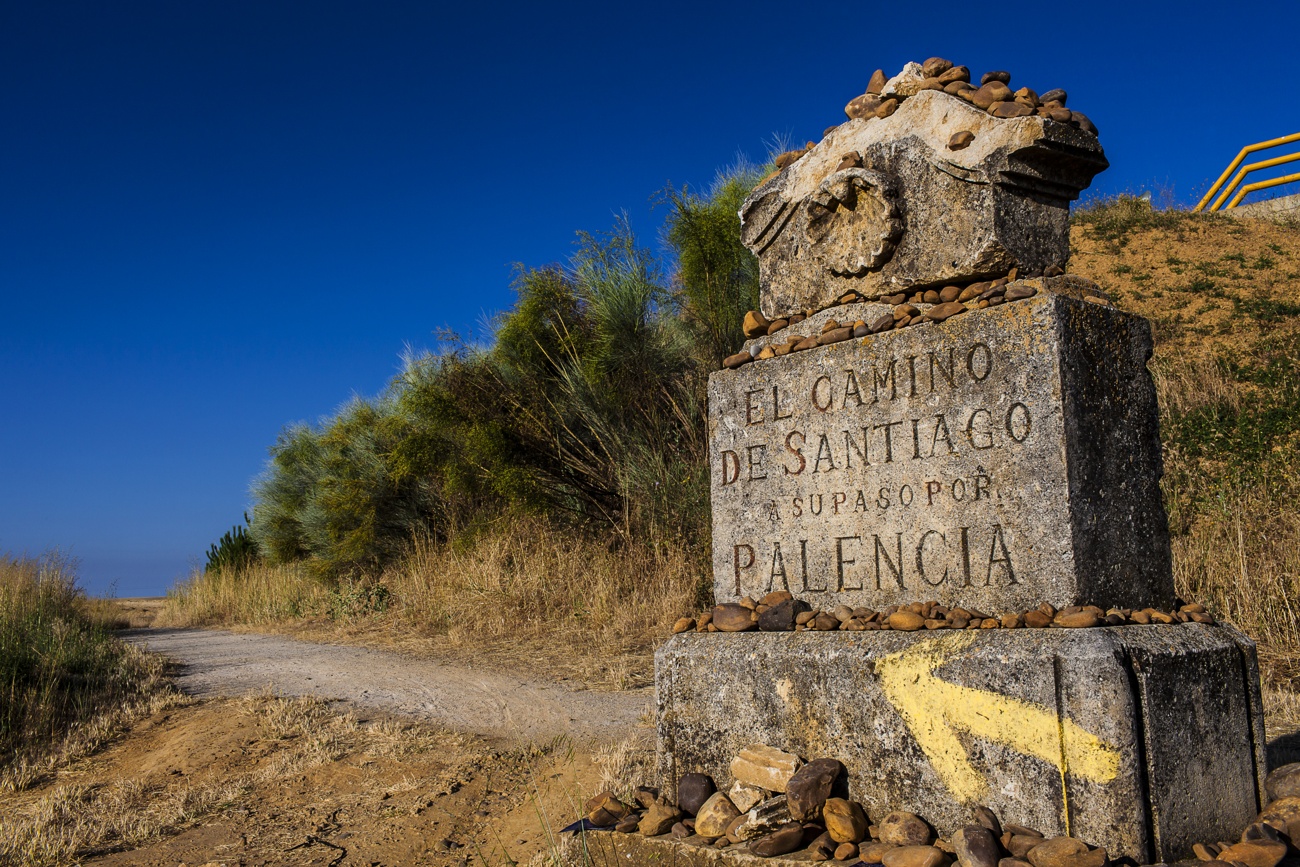
Nature and artistic heritage
The Camino de Santiago offers the opportunity to enjoy varied and spectacular landscapes, from mountains and forests to beaches and rivers. It also allows you to get to know the historical, artistic and cultural heritage of the regions through which it passes, as well as their gastronomy and traditions.
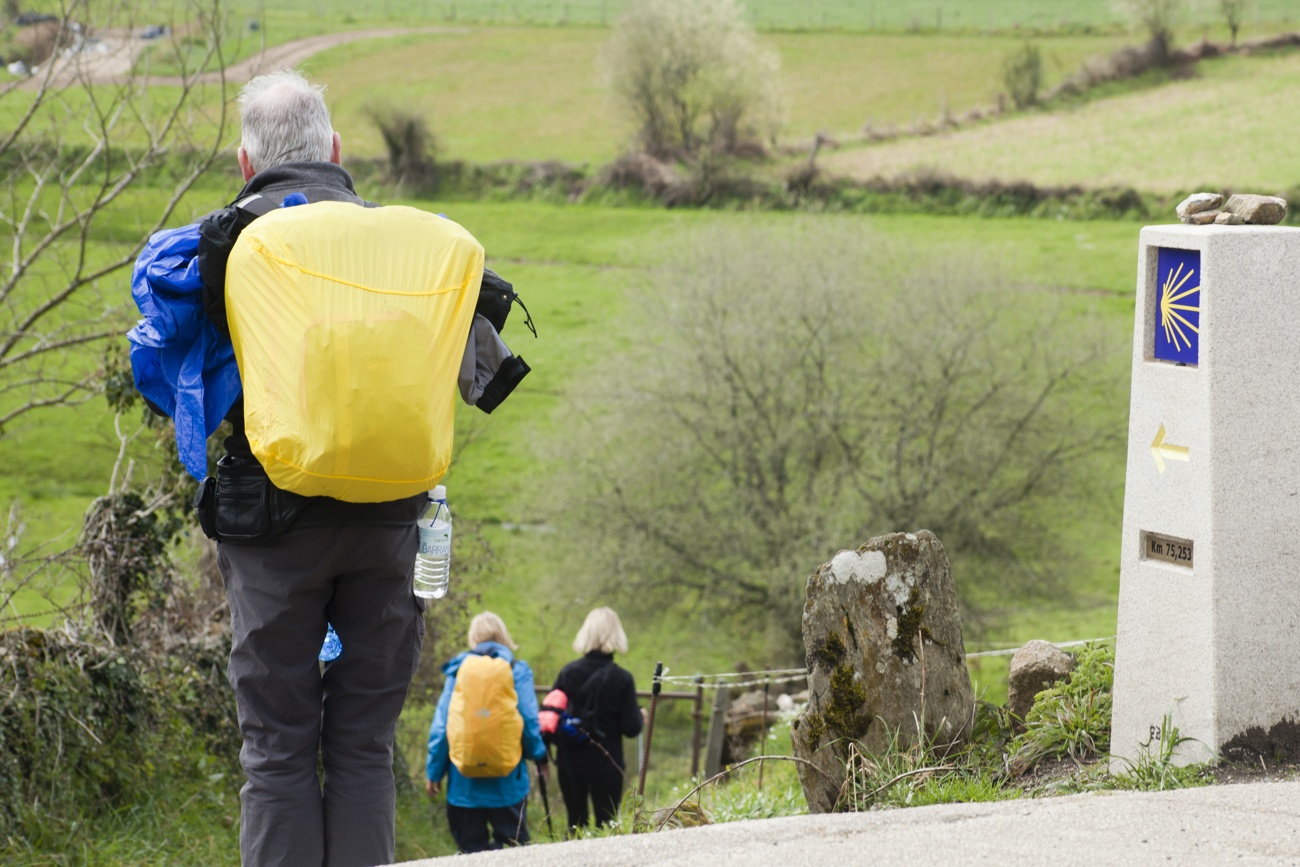
A human experience
In addition, the Camino is a human and spiritual experience, which favors the encounter with oneself and with others. Pilgrims share experiences, emotions and values with people of different ages, nationalities and beliefs. The spirit of the Camino is based on hospitality, solidarity and respect.
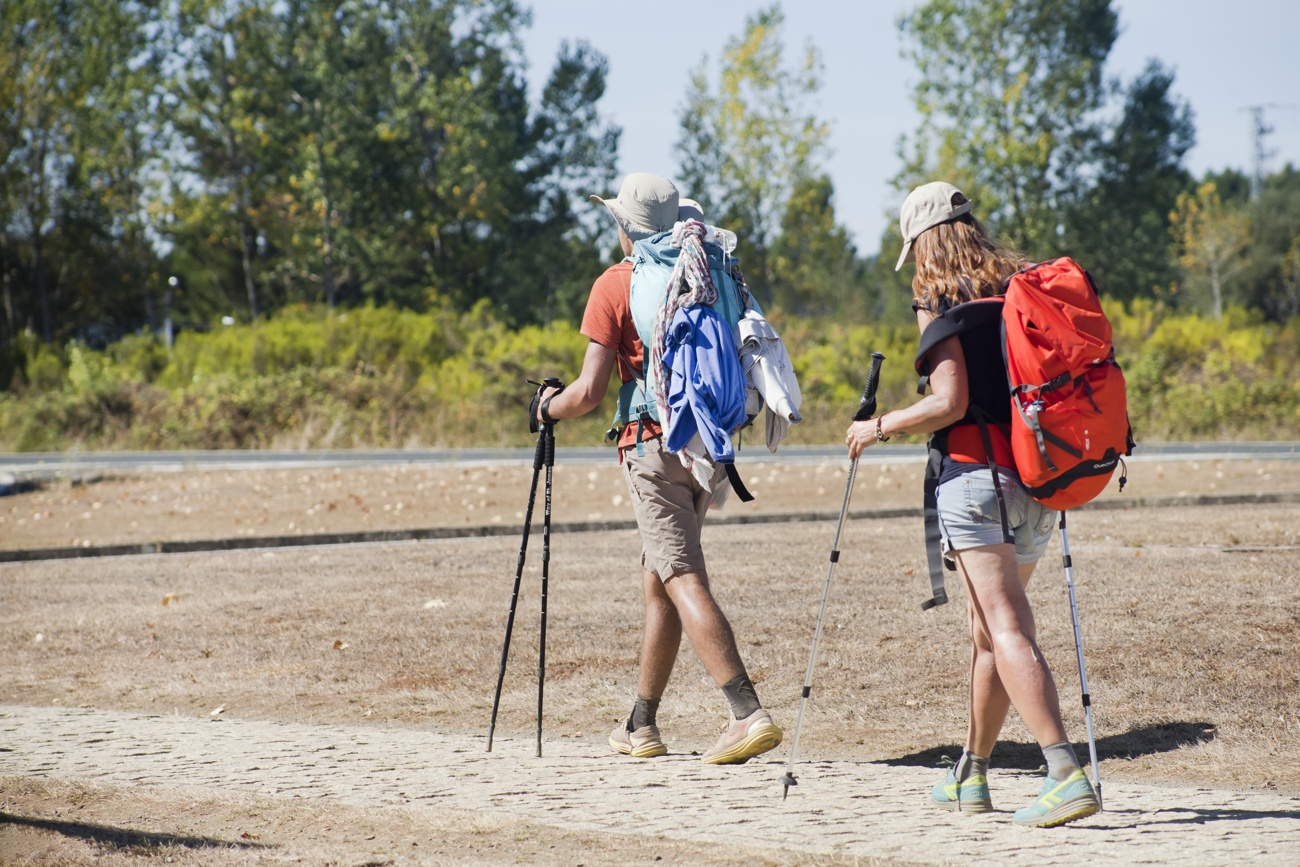
The credential accredits the pilgrim status
To do the Camino de Santiago you need a credential, which is a document that certifies your pilgrimage status and allows you to access the hostels and get discounts on some services. The credential is stamped in the places you pass through to record the route.
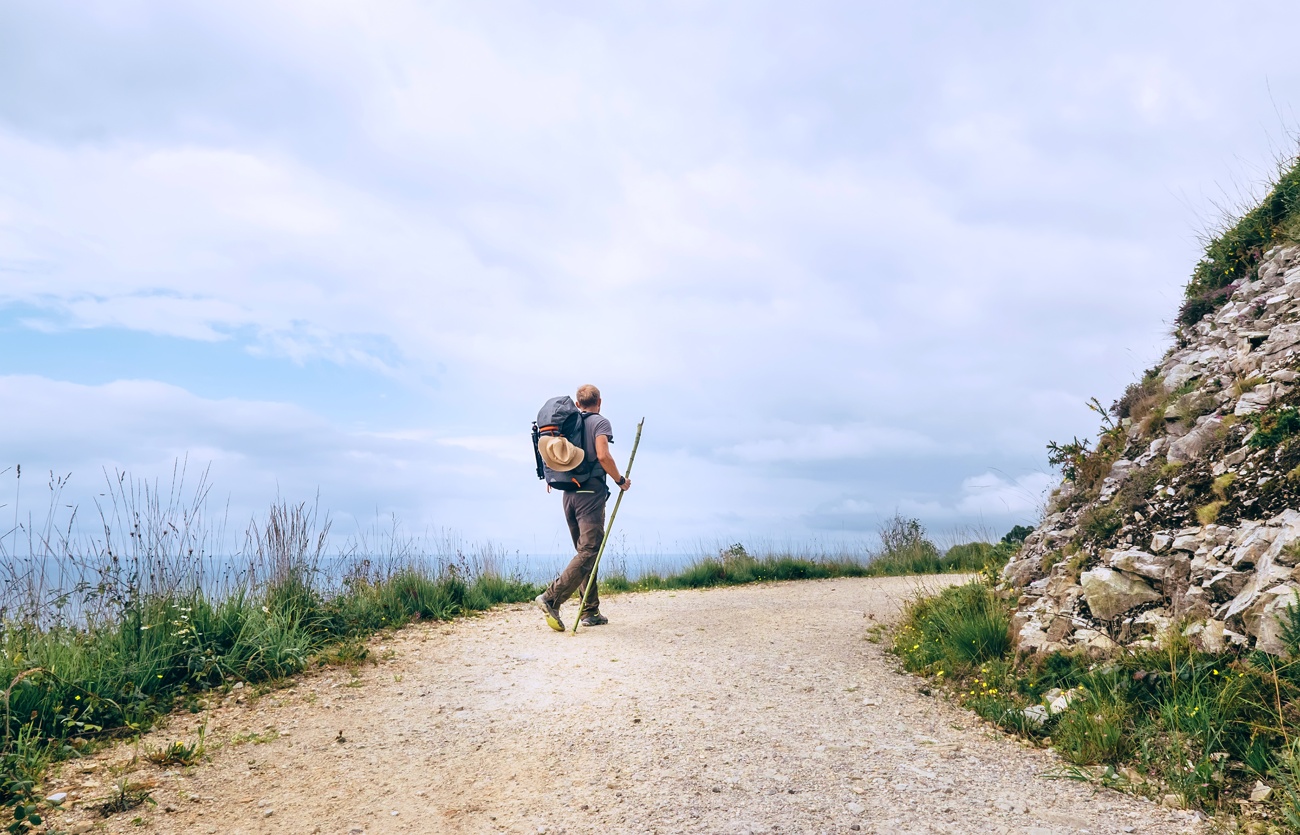
The compostela
Upon arrival in Santiago de Compostela, pilgrims can obtain the compostela, which is a certificate that recognizes having completed at least the last 100 km on foot or on horseback or the last 200 km by bicycle. To do so, the stamped credential must be presented at the Pilgrim’s Office.
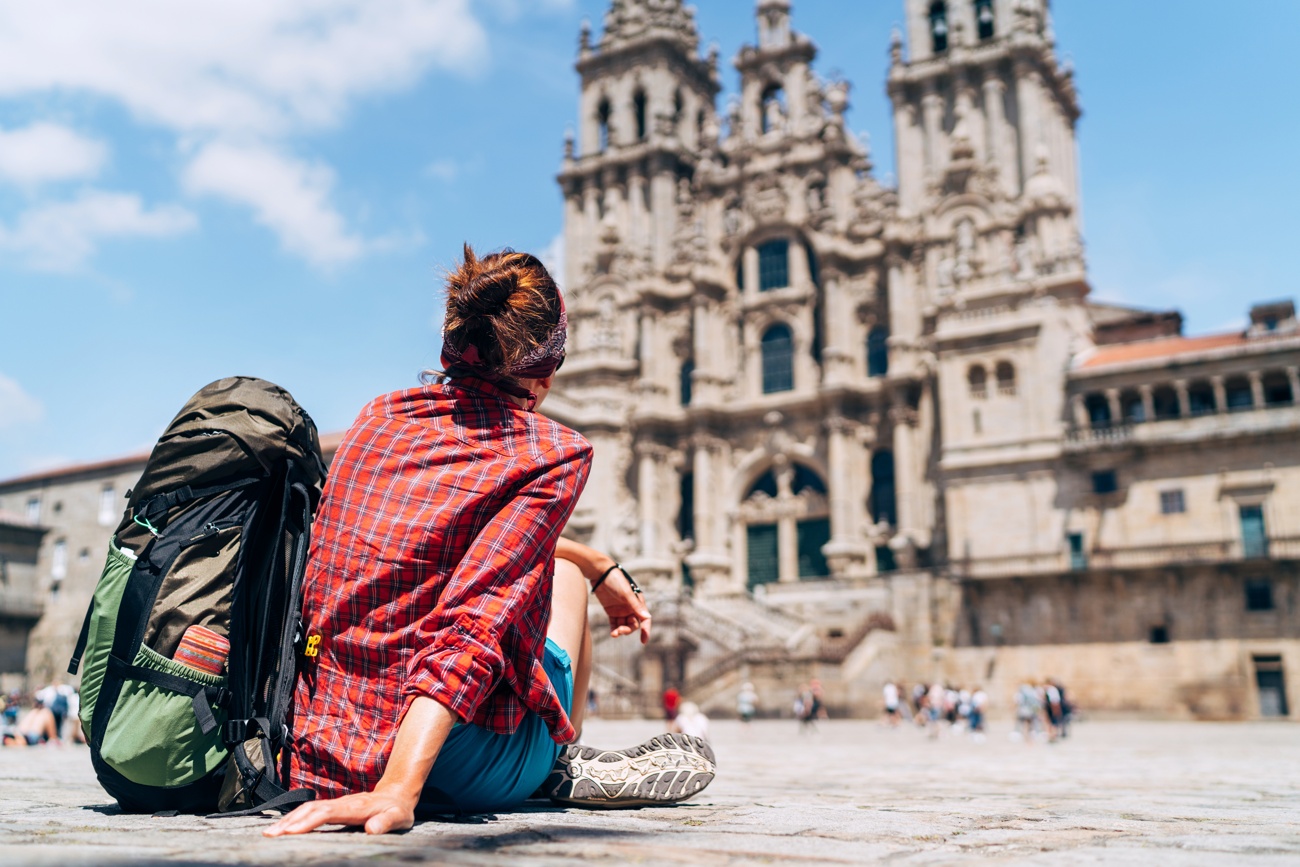
Santiago Cathedral
The goal of the Camino de Santiago is the Cathedral, where you can embrace the apostle, attend the pilgrim’s mass and see the botafumeiro in action. You can also visit the Portico de la Gloria, the Cathedral Museum or the tomb of the apostle. Some pilgrims decide to continue to Finisterre or Muxía, considered magical and symbolic places.
